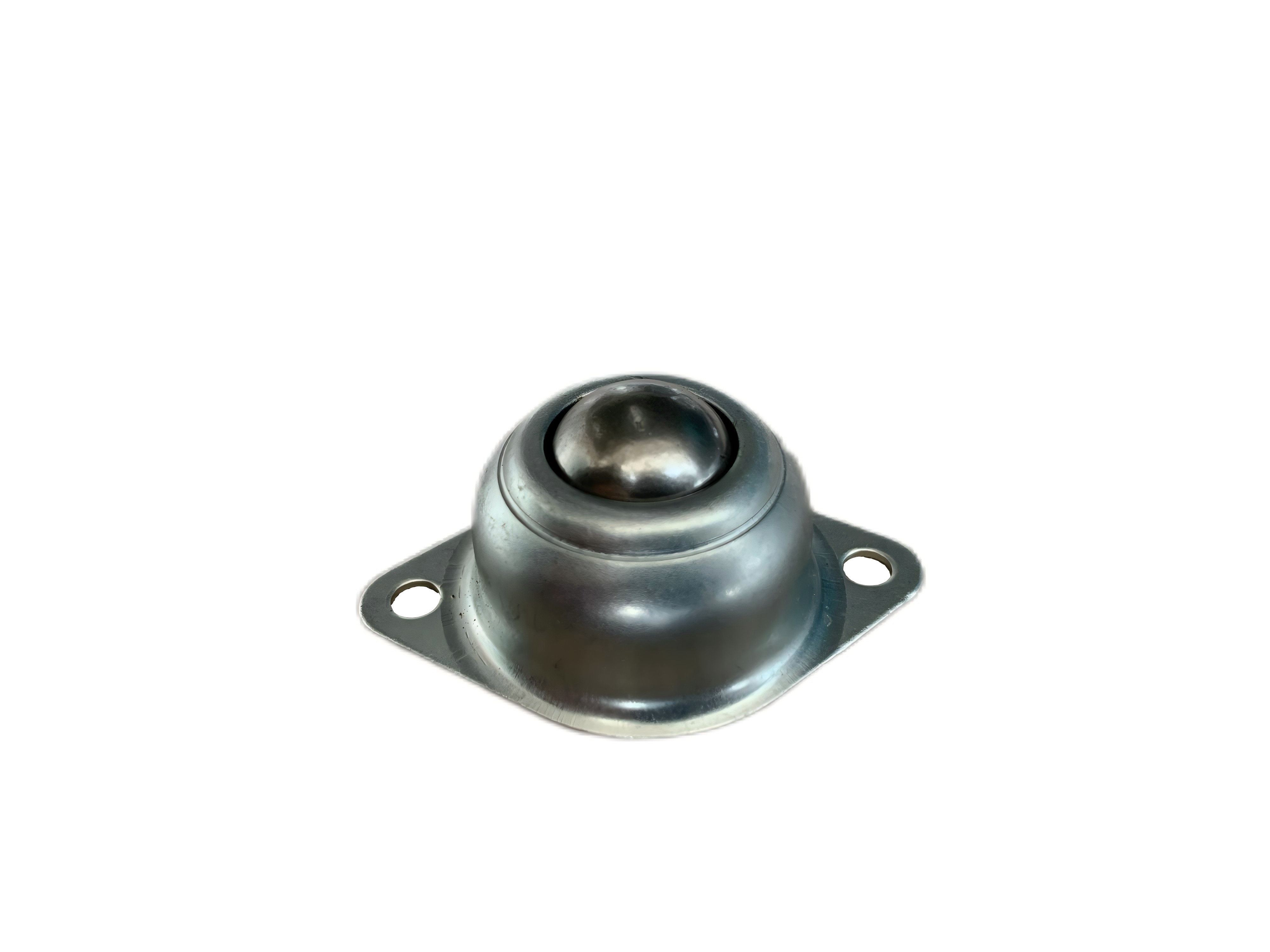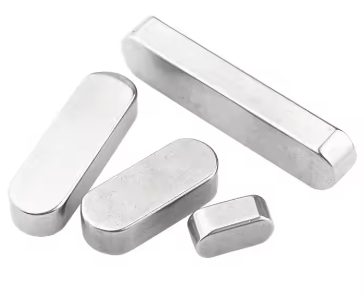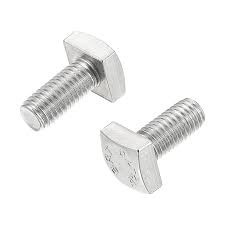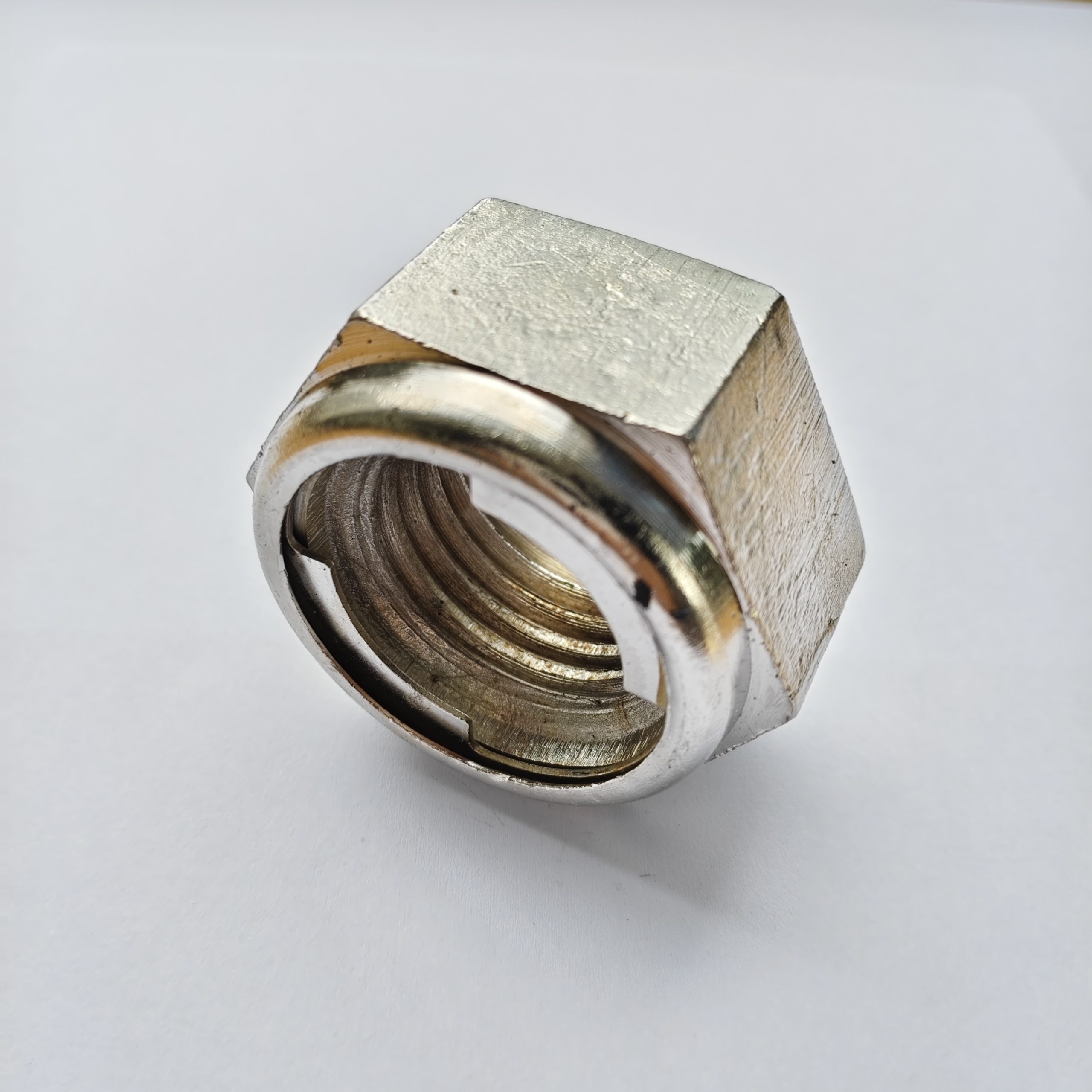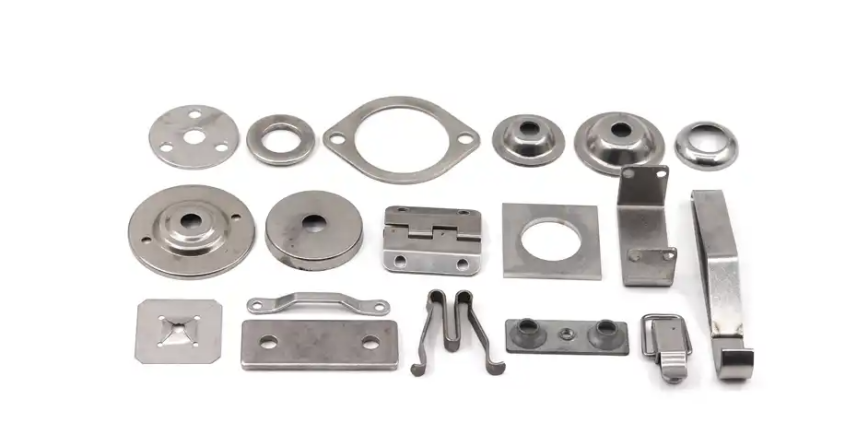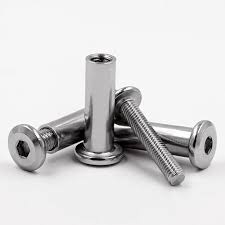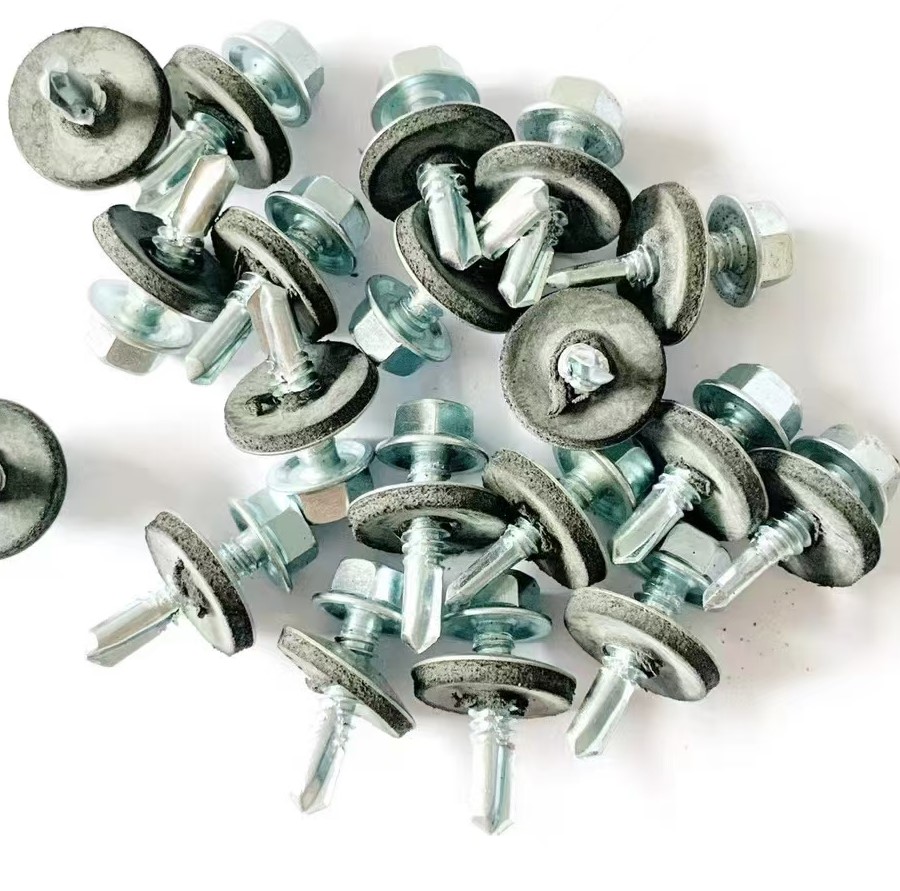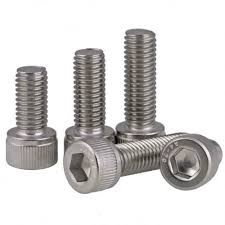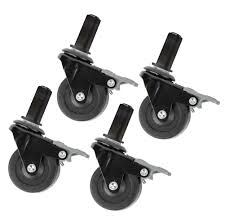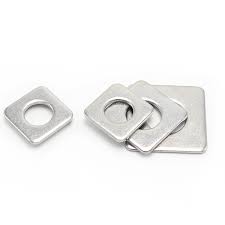

This comprehensive guide explores everything you need to know about door shims, covering their various types, applications, and how to choose the right ones for your project. Learn about different materials, thicknesses, and installation techniques to ensure a perfect fit and smooth operation of your doors. We'll also delve into troubleshooting common problems associated with door alignment and provide expert tips for successful door shim installation.
A door shim is a thin, wedge-shaped piece of material used to adjust the gap between a door and its frame. These small, but essential, pieces create a precise fit, correcting alignment issues and preventing sticking or rattling. They are crucial for ensuring a properly functioning and aesthetically pleasing door.
Using door shims is important for several reasons: they correct misaligned doors, eliminate drafts and improve energy efficiency, prevent doors from sticking or binding, and improve the overall security of your door by ensuring a snug fit. A properly shimmed door operates smoothly and quietly, enhancing your home's comfort and functionality.
Door shims come in various materials, each with its own advantages and disadvantages. Common materials include wood (often hardwood like oak or maple), plastic (often polyethylene or nylon), and metal (typically steel or aluminum). Wood shims are traditional and offer good strength, while plastic shims are more durable and moisture-resistant. Metal shims provide superior strength and are ideal for heavier doors.
Door shims are usually wedge-shaped, allowing for precise adjustments. They are available in a range of thicknesses, typically ranging from 1/32 to 1/2. The size and thickness of the door shim you need will depend on the specific gap you're trying to fill. Consider using multiple thinner shims instead of one thick one for better stability and control.
Before selecting door shims, carefully assess the gap between your door and frame. Measure the gap at several points to determine the required shim thickness. Consider factors like door material, door weight and the surrounding environment when selecting the material of your shims. For instance, if your door is exposed to moisture, using moisture resistant plastic door shims would be a better option compared to wooden ones.
The material and thickness of the door shim should be appropriate for the type and weight of the door. For heavier doors, stronger and thicker shims made of metal or hardwood are preferable. For lighter doors, thinner plastic shims might suffice.
Installing door shims is a relatively straightforward process. First, identify the areas where adjustment is needed. Insert the shims into the gap, carefully tapping them into place with a hammer or mallet to avoid damaging the door frame or shims. Ensure the door is properly aligned and closes smoothly after installation. Always check for proper alignment and stability before moving on.
If you encounter problems such as doors still sticking or binding, uneven gaps, or shims loosening, re-evaluate the installation process. You may need to use additional door shims, or try a different type of shim for better stability or a more precise fit. The key is to ensure a firm, even fit that eliminates any unwanted gaps.
Door shims are readily available at most home improvement stores, hardware stores, and online retailers. You can find them in various packs containing different sizes and materials. Hebei Dewell Metal Products Co., LTD. (https://www.deweLLfastener.com/) also offers a range of high-quality fasteners, including specialized shims for industrial applications.
Using the right door shims is crucial for ensuring your doors function smoothly and efficiently. By understanding the various types of shims and following proper installation techniques, you can achieve a perfect fit and enhance both the functionality and aesthetics of your doors. Remember, careful measurement and selection are key for a successful outcome.

